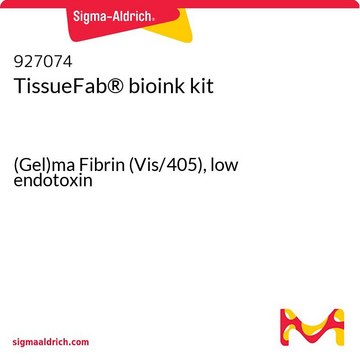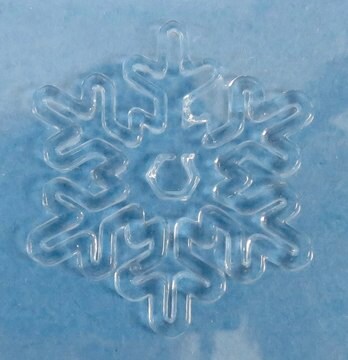Kluczowe dokumenty
926000
TissueFab® bioink kit
(Gel)ma Laminin -Vis/405 nm, low endotoxin
About This Item
Polecane produkty
Formularz
viscous liquid (gel)
rozmiar
10 mL
zanieczyszczenia
<5 cfu/mL Bioburden
<50 EU/mL Endotoxin
kolor
pale yellow to colorless
pH
6.5-7.5
lepkość
3-30 cP
Zastosowanie
3D bioprinting
temp. przechowywania
−20°C
Szukasz podobnych produktów? Odwiedź Przewodnik dotyczący porównywania produktów
Powiązane kategorie
Opis ogólny
Zastosowanie
Cechy i korzyści
Informacje prawne
Kod klasy składowania
10 - Combustible liquids
Temperatura zapłonu (°F)
Not applicable
Temperatura zapłonu (°C)
Not applicable
Wybierz jedną z najnowszych wersji:
Certyfikaty analizy (CoA)
It looks like we've run into a problem, but you can still download Certificates of Analysis from our Dokumenty section.
Proszę o kontakt, jeśli potrzebna jest pomoc Obsługa Klienta
Masz już ten produkt?
Dokumenty związane z niedawno zakupionymi produktami zostały zamieszczone w Bibliotece dokumentów.
Nasz zespół naukowców ma doświadczenie we wszystkich obszarach badań, w tym w naukach przyrodniczych, materiałoznawstwie, syntezie chemicznej, chromatografii, analityce i wielu innych dziedzinach.
Skontaktuj się z zespołem ds. pomocy technicznej








